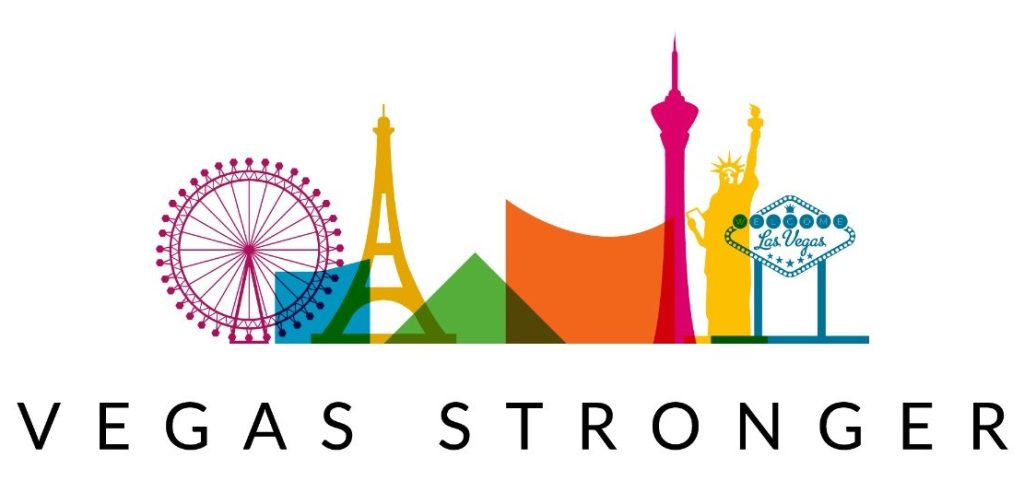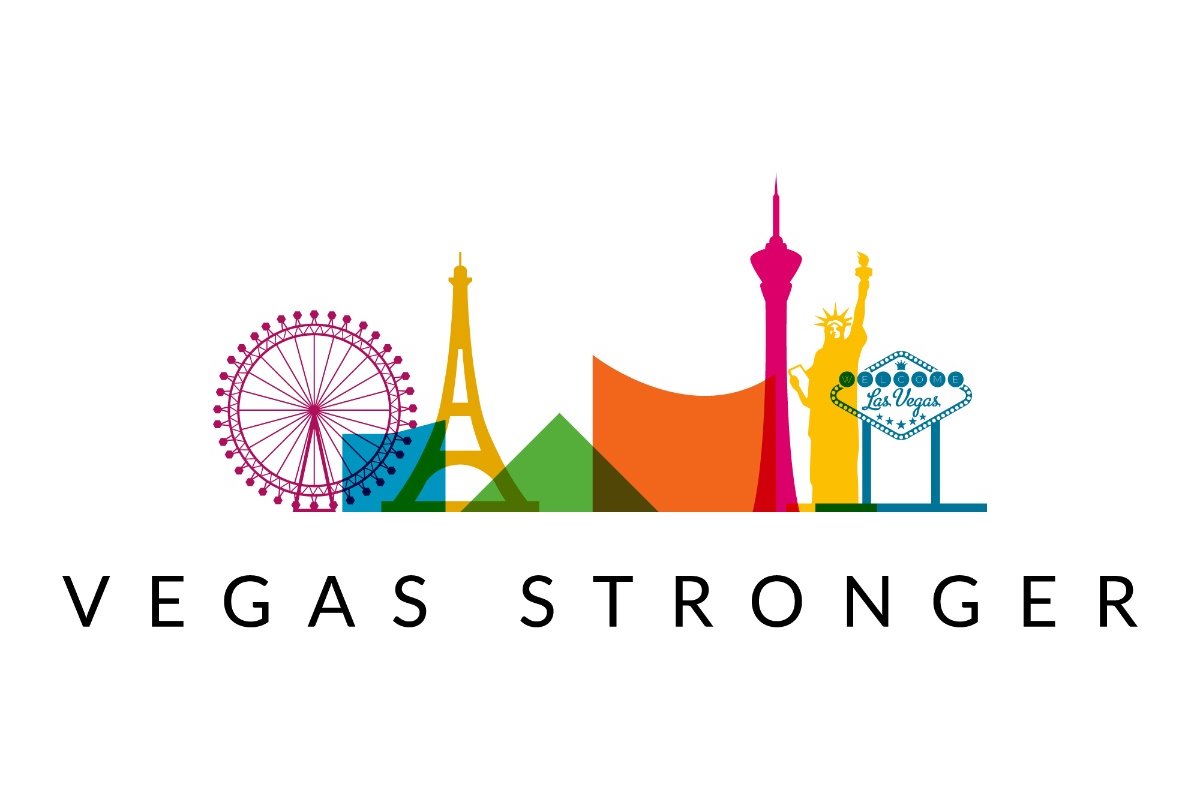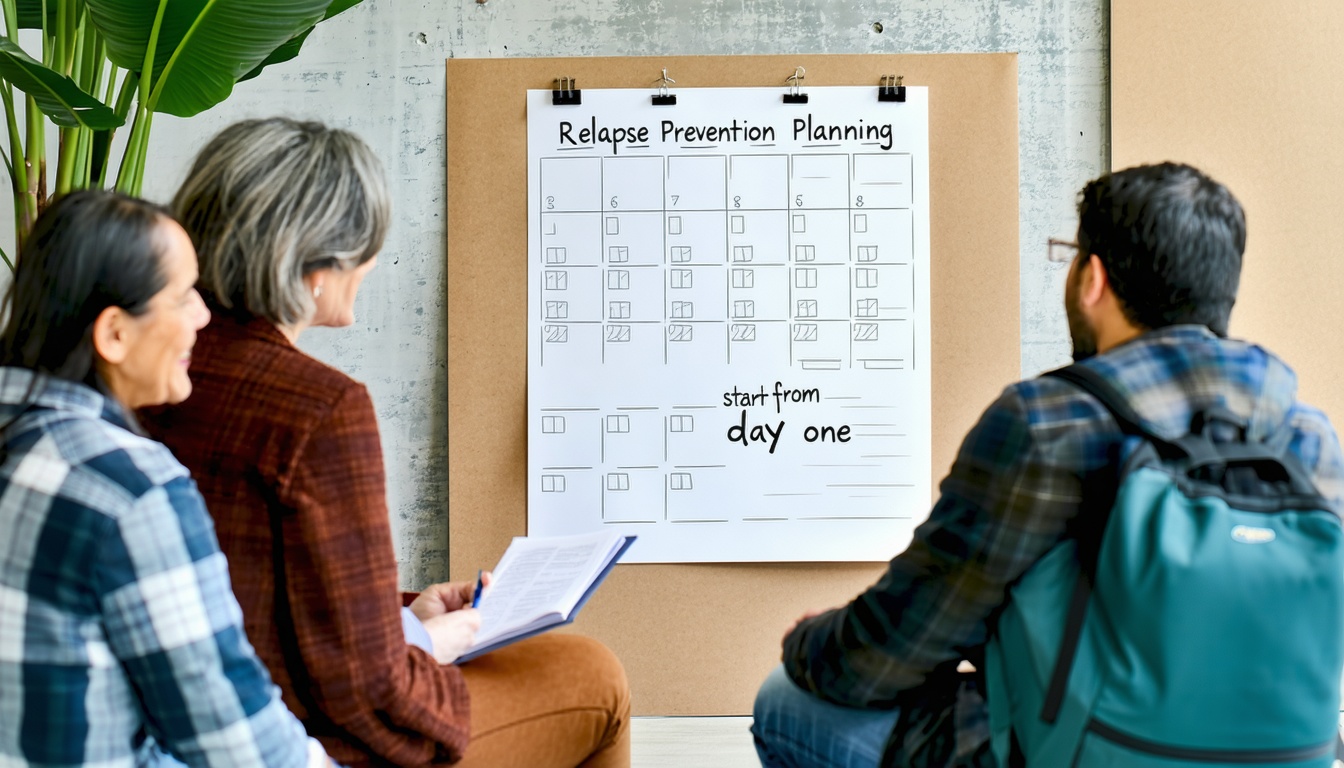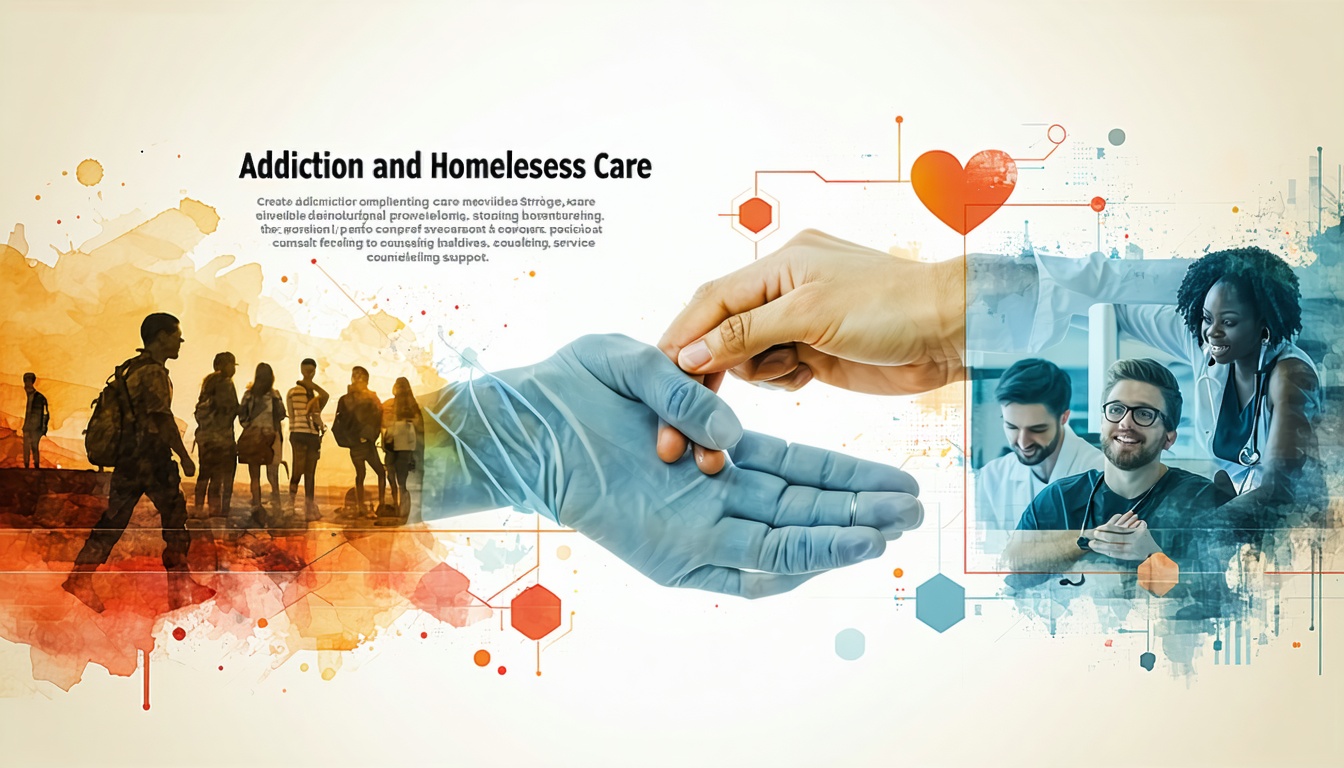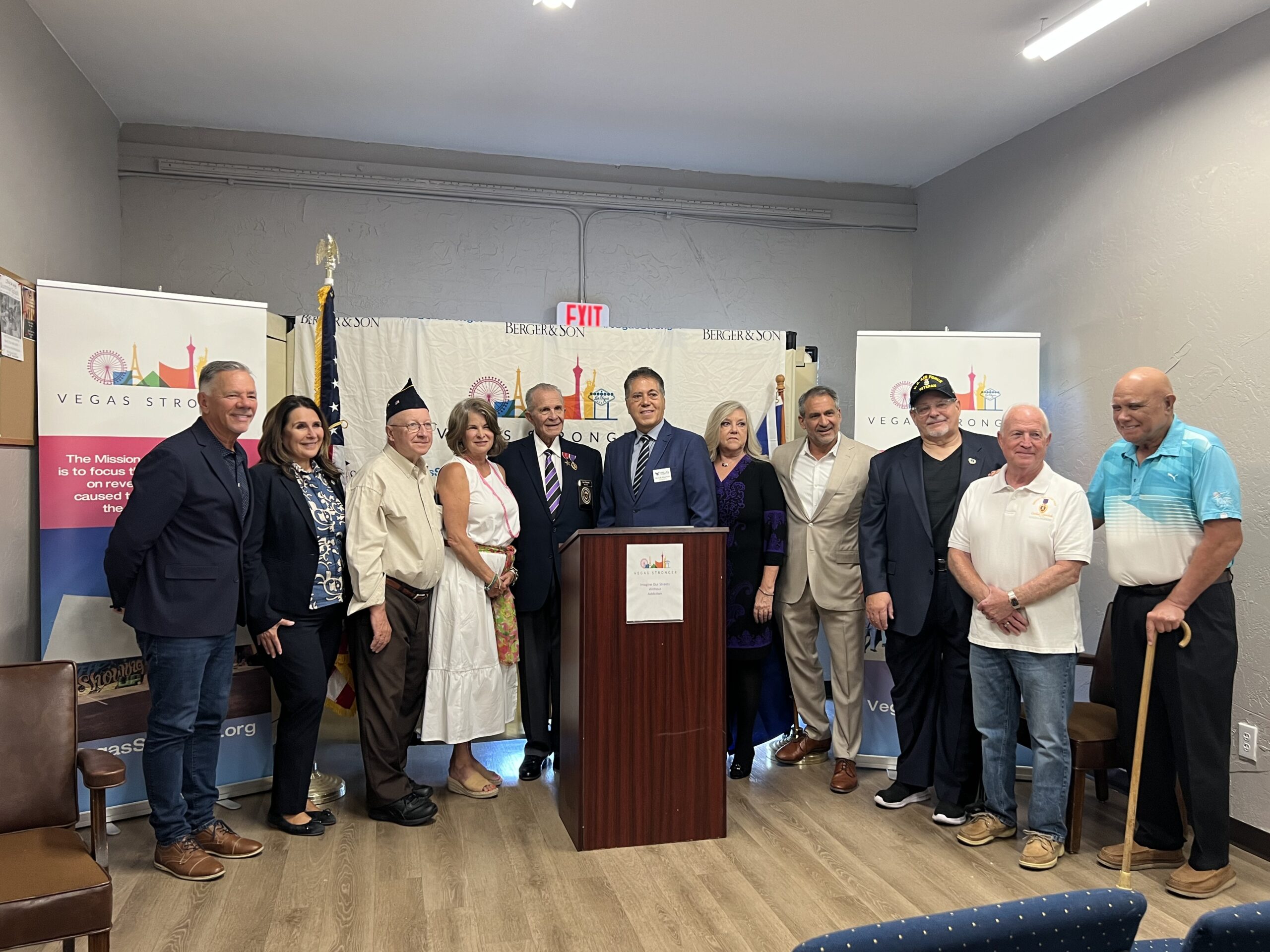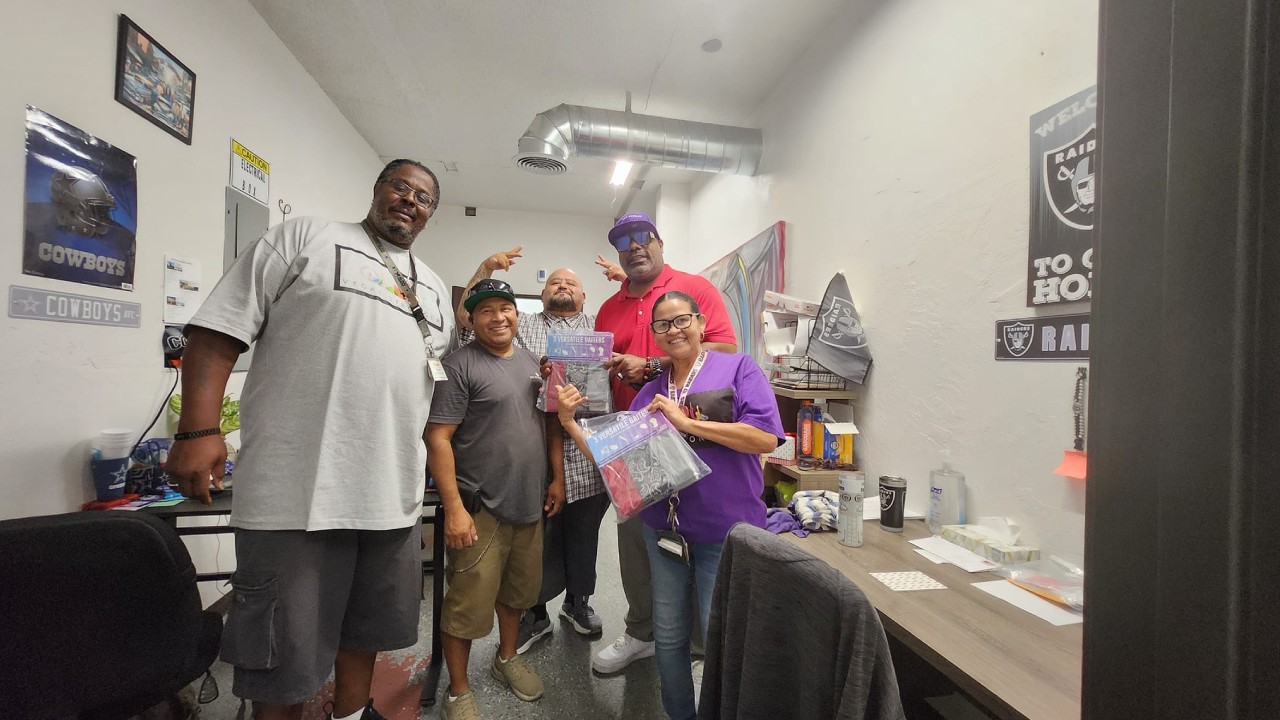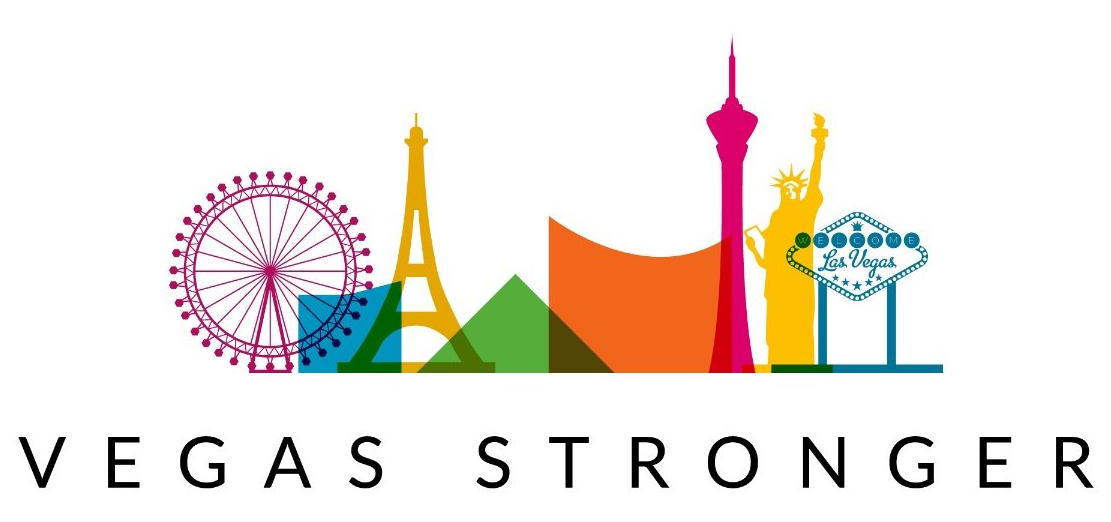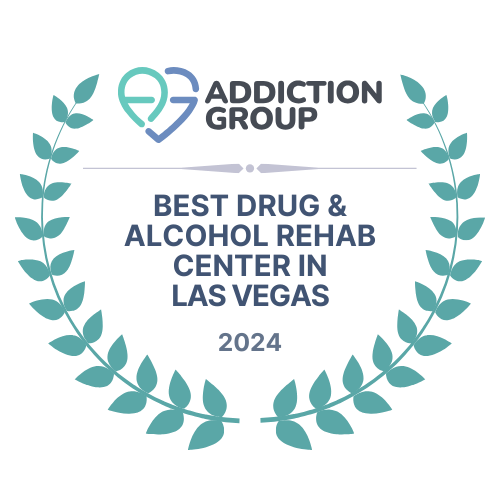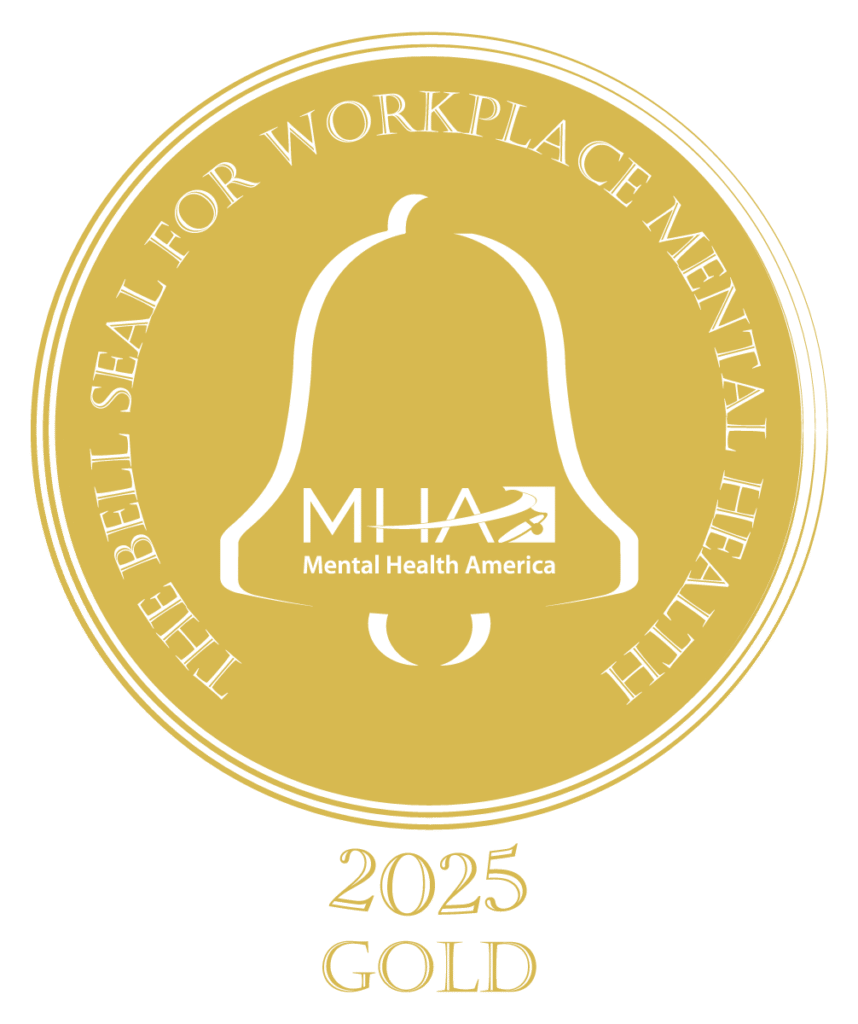Economic Impact
Vegas Stronger™ will positively impact the Las Vegas economy in a way that will make a significant, wealth-generating impact on the region.
Local Information
Clark County estimates the immediate and apparent cost of homelessness to the taxpayer is approximately $73,000 per homeless individual.1 In 2019, the county oversaw the disbursement of more than $75 million dollars of funds to provide services to Clark County’s homeless population, including state and federal dollars allocated for that purpose.2 One of the first documented cases of a single homeless individual costing taxpayers more than $1 million in services and assistance comes from Reno, where “Million Dollar” Murray’s chronic homelessness and use of emergency services racked up an enormous bill over his time in the street.3
This arrangement of expenditures makes no sense and serves no one—not the taxpayer or the homeless population the money is meant to aid. Public dollars allocated toward providing direct rehabilitative services from which individuals are meant to graduate back into society, equipped with the skills to maintain their new position. Partnerships between local governments and have been shown to produce significantly better outcomes that money spent through the state.
State and National Information
State and local governments across the United States are experimenting with different models to provide services to populations that would otherwise be homeless. As lower tiers of government struggle to cope with increased homelessness, many have found the most efficient use of resources have been public-private partnerships.
A 2014 report from Florida determined taxpayers saved more than $20,000 per year by providing the state’s chronic homeless population with permanent or semi-permanent supportive services, including healthcare and job training, as well as housing.4
Analysis
Vegas Stronger™ spends approximately $2,600, including housing and treatment for substance use disorders, per client per month. The typical stay before a client graduates out of the program is 133 days—making the cost to recruit, treat, house, graduate and track an individual back into housing and sobriety is, on average, $62,600 less per year than is currently being spent to maintain Las Vegas’ chronically homeless population. A one year, 5% reduction in Valley’s homeless population would save county taxpayers more than $17.5 million.
The secondary benefit is through increased, improved workforce members. A person who re-enters the workforce, even at the minimum wage, is generating significantly more economic activity than a person outside of the workforce. A housed person who works a full-time job at the Nevada minimum wage generates more than $50,000 in economic activity. Further, workers who re-enter the market and allow businesses to open on new days or extend existing hours will generate considerably more economic activity as their presence relieves the workforce shortage. A one year, 2.5% movement between those not in the work force to those in entry level positions has the potential to generate millions of dollars in total economic impact.
Housed, sober individuals are considerably less likely to be a burden on local medical facilities, where they make up a disproportionate number of those seeking care in hospitals and emergency rooms. A study in North Carolina found that homeless individuals diverted into a program that provided housing and services found that the 85 tenants saved more than $1 million in medical expenses, spent 84 percent fewer days in jail and arrests dropped by 74%.5 While the exact dollar figure of a reduction in these services is difficult to estimate, one thing is clear: less time spent in jail and fewer arrests translate into reduced burdens on local governments and the ability to redirect critical resources towards other worthy projects while at the same time providing a pathway toward recovery for the valley’s homeless.
Conclusion
The intangible benefits of restoring individuals to their immediate social positions—fathers and mothers once again capable of parenting, children freed from addiction and returned to their family—among other social activity that is critical for success and development of individuals and groups—cannot be measured. These benefits are only realized when funding is directed toward the treatment and care of the chronically homeless.
[1] “Homelessness.” About Homelessness, https://redrock.clarkcountynv.gov/meaningfulchangelv/about-homelessness.html.
[2] “Homeless Help.” Homeless Help | Clark County, NV, https://www.clarkcountynv.gov/residents/assistance_programs/homeless_help.php.
[3] Gladwell, Malcolm. “Million-Dollar Murray.” The New Yorker, The New Yorker, 6 Feb. 2006, https://www.newyorker.com/magazine/2006/02/13/million-dollar-murray.
[4] Central Florida Commission on Homelessness, The Cost of Long-Term Homelessness in Central Florida: The Current Crisis and the Economic Impact of Providing Sustainable Housing Solutions. Central Florida Commission on Homelessness, 2014, https://shnny.org/uploads/Florida-Homelessness-Report-2014.pdf.
[5] Thomas, M Lori, et al. Moore Place Permanent Supportive Housing Evaluation Study Year 1 Report February 14, 2014.
